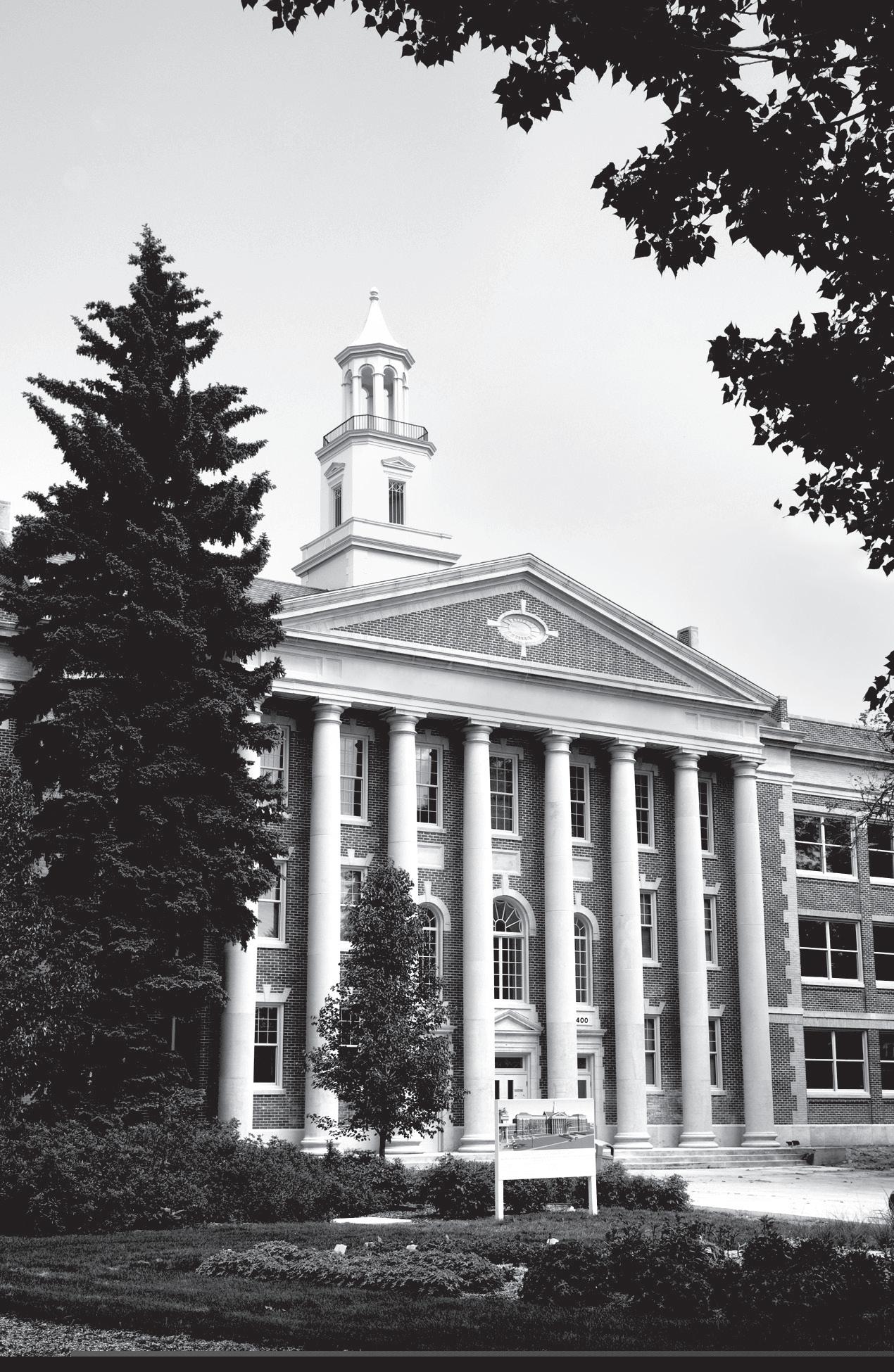SCHOOL OF MUSIC, THEATRE, AND DANCE


SCHOOL OF MUSIC, THEATRE, AND DANCE

APRIL 23, 2023 | 7:30 P.M. ORGAN RECITAL HALL
SUNDAY, APRIL 23, 2023
ORGAN RECITAL HALL, 7:30 PM
Trio for Violin, Clarinet and Piano
I. Andante con Dolore, con molto espressione
Aram Khachaturian (1903-1978)
Jessica Monserrat Rosado Azcauaga, violin
Trek Salzer, clarinet
Reynaldi Rhaharja, piano
String Quartet in F Minor, Op. 95
I. Allegro con brio
II. Allegretto ma non troppo-
III. Allegro assai vivace, ma serioso
IV. Larghetto espressivo-Allegretto agitato-Allegro
L.v. Beethoven (1770-1827)
Jessica Monserrat, Rosado Azcauaga, Annie Smith, violins
Ethan Buell, viola
Avery Smith, cello INTERMISSION
La Oracion del Torero, Op. 34
Serenade for Three
I. Dances
II. Songs
III. Variations
Joaquin Turina (1882-1949)
Peter Schickele (b. 1935)
Aram Khachaturian
Born: June 6, 1903,
Died: May 1, 1978; Moscow, Russia
Trio for Clarinet, Violin, and Piano
Aram Khachaturian was an Armenian composer born in the Russian Empire at the beginning of the 1900s, initially learning music through his parents’ knowledge of Armenian folk songs. Later in life, he went on to study and eventually taught at the Moscow Conservatory and the Gnesin State Musical and Pedagogical Institute. Much of his music was inspired by composers and the sounds of Turkish, Armenian, Russian, and Azerbaijan sounds. Khachaturian has composed concertos, ballets, and several chamber works.
Trio for Clarinet, Violin, and Piano was composed in 1932 while he was in school at the Moscow Conservatory. This piece exemplifies an improvisatory style featuring heavily ornamented melodic lines and cadenzas. Because of the floating gypsy-like sound, it is very easy to get lost in the blending melodies. The first movement is one of three movements featuring Aram’s folk-sounding style. Between the dramatic piano, the twisting clarinet cadenza, and the blending sounds of vibrating strings, air, and piano keys, Aram Khachaturian’s trio is an emotional and meditative experience.
Joaquin Turina
Born: December 9, 1882; Seville, Spain
Died: January 14, 1949; Madrid, Spain
La Oracion del Torero, Op. 34
La Oracion del Torero, Op.34 is a piece originally written for lauds quartet by the Spanish composer Joaquin Turina in 1925. However, the composer made the version for string quartet months later.
Turina came to know such French masters as Debussy, Ravel, and Fauré, leaving an undeniable influence on his own subsequent music. He also became a great friend of Albéniz and Falla, and it was Albéniz who encouraged him to find inspiration in the popular music of Spain and Andalusia. All these experiences are reflected in the work's style, which is entirely impressionist but with an evident Spanish cultural influence.
This piece is a musical portrait in which the composer was inspired by the vision of a bullfighter praying in a chapel near the arena before going out to fight. The character of the work is solemn and reverential since the Bullfighter, the story's main character, tries to find peace before going out into the ring. The cello seems to represent the "voice" of the hero, heard alternating between a paso doble theme (reminiscent of the bull ring) and freeform recitatives (in the style of flamenco verses, or coplas). Interspersed are impressionistic
sections that grow increasingly passionate, bringing the piece to a quiet ending.The following comment was included in the program for the opening day in Barcelona, on October 23, 1928, in the words of Turina himself:
One afternoon of bullfighting in the Plaza de Madrid, that old, harmonious, and graceful square, I saw my work. I was in the horse yard. There, behind a tiny door, was the chapel, full of unction, where the bullfighters came to pray a moment before facing death. I was then offered, in all its fullness, that subjectively musical and expressive contrast of thedistant merriment of the square, of the public that was waiting for the festival, with the devotion of those who, before that altar, poor and full of endearing poetry, came to pray to God for his life, perhaps for his soul, for the pain, for the illusion and for the hope that perhaps they were going to leave forever in a few moments, in that arena full of laughter, music, and sun.
— Program note by Jessica Rosado
Peter Schickele
Born: July 17, 1935; Ames, Iowa
Serenade for Three (1992)
American composer, Peter Schickele, who has come to be known as P.D.Q Bach, was born in Iowa and raised in Washington D.C and Fargo, North Dakota. He completed a music degree at the Swarthmore College in Pennsylvania and received a degree in music composition at the Juilliard School of Music. Peter is famous for his satirical compositions and performances, many of which were composed around a parodistic impression of Johann Sebastian Bach’s early life. In addition to this part of his career, Peter Schickele has also composed many works for symphony orchestra, chamber ensemble, and for solo instrumental performance.
Serenade for Three was commissioned by the Verdehr Trio in 1992 and premiered on March 7 the following year at the Merkin Concert Hall in New York. This work is structured in three movements, which accurately capture the energy of midwestern life. Right from the downbeat, the first movement introduces a dance-like energy whilst indicating the influences of many contemporary nineteenth-century composers. This opening movement is a dynamic roller coaster of bubbling and flowing hypnotic lines between the clarinet, violin, and piano. The second movement gives a different perspective on midwestern life: serene melodies indicative of starry night skies and the ringing silence of open cornfields. The final movement concludes this suite in a rowdy explosion of fast technical passages and soloistic flares impersonating improvisatory pass offs. This fast and energetic finale is acoustically representative of a chaotic western lifestyle.
